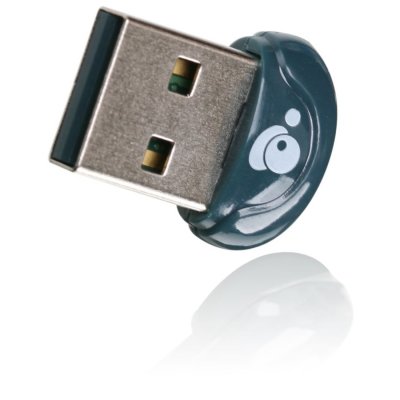- Joined
- Dec 25, 2013
- Messages
- 40
- Motherboard
- Gigabyte GA-Z77 DS3H
- CPU
- i7-3770K
- Graphics
- HD 7850
- Mac
- Mobile Phone
Hello guys, hackintosh user since 2014, looking to upgrade my main rig. Here's my requirements:
- Fast CPU, RAM and Storage (don't work with video)
- Thunderbolt compatibility
- Rock solid reliability
I'm thinking of ordering this:
MBoard Gigabyte Z390 DESIGNARE
CPU Intel Core i9-9900K Octa-Core 3.6GHz 16MB Skt1151
RAM Crucial Ballistix Sport LT Red 16GB (2x8GB) DDR4-3200MHz CL16
SSD (system) Samsung 970 Evo Plus NVMe 256GB
SSD (work) Samsung 860 Evo 2TB
GPU Sapphire Radeon RX 580 NITRO+ 4GB OC W/BP
PSU Corsair RM550x Series 80PLUS Gold Full Modular
HS Corsair Hydro Series H60
Tower ATX Fractal Design Define C
I can get this setup for around 1500€.
Any general tips? I find Saphire's somewhat of a weak link in my previous builds, but its the best price/quality. Should I just go with a 570 series or 580 is worth it? Maybe a different brand? I think 4GB is enough for what I do. One last question, can I still use my current BT USB dongle?
Thanks!
Edit: final order above; total cost 1720€.
- Fast CPU, RAM and Storage (don't work with video)
- Thunderbolt compatibility
- Rock solid reliability
I'm thinking of ordering this:
MBoard Gigabyte Z390 DESIGNARE
CPU Intel Core i9-9900K Octa-Core 3.6GHz 16MB Skt1151
RAM Crucial Ballistix Sport LT Red 16GB (2x8GB) DDR4-3200MHz CL16
SSD (system) Samsung 970 Evo Plus NVMe 256GB
SSD (work) Samsung 860 Evo 2TB
GPU Sapphire Radeon RX 580 NITRO+ 4GB OC W/BP
PSU Corsair RM550x Series 80PLUS Gold Full Modular
HS Corsair Hydro Series H60
Tower ATX Fractal Design Define C
I can get this setup for around 1500€.
Any general tips? I find Saphire's somewhat of a weak link in my previous builds, but its the best price/quality. Should I just go with a 570 series or 580 is worth it? Maybe a different brand? I think 4GB is enough for what I do. One last question, can I still use my current BT USB dongle?
Thanks!
Edit: final order above; total cost 1720€.
Last edited:

